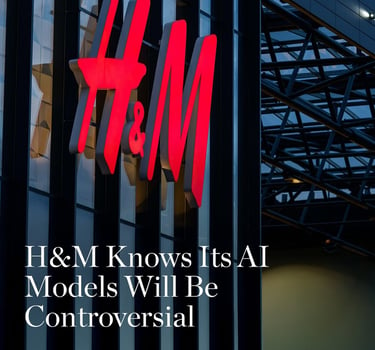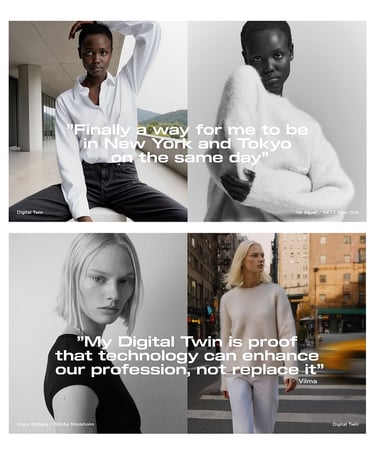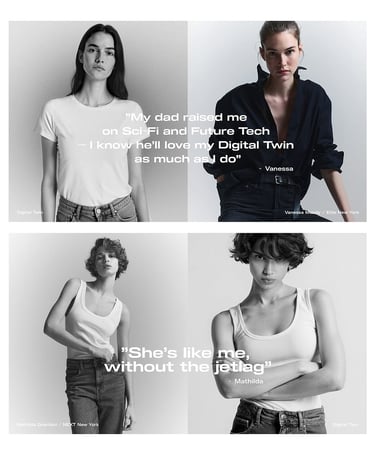H&M Knows Its AI Models Will Be Controversial
The company expects public opinion to be divided on its plan to use “digital twins” of real models in AI-generated imagery.
FASHION


This article published by Business of Fashion seems very interesting: at first glance, it seems great. Especially if the models themselves are in favor of it and their rights are respected. But the problem then becomes all the other work involved in a photoshoot: photography, lighting, styling. Are all those tasks eliminated? This directly affects the entire team involved in creating the image.
The first time model Vilma Sjöberg saw her digital twin, she found it both exciting and unsettling. “It’s a picture of me, but it’s not me,” she said. “It was interesting how good it actually was.”
Exciting but unsettling has generally been the reaction to the use of AI models in marketing campaigns and on social media. H&M is betting digital dupes of real models will answer one of the thorniest questions facing fashion in the age of artificial intelligence: How do you take advantage of generative AI’s power to create realistic imagery while protecting the jobs and rights of the human models the industry has long depended on to sell its fantasies?
H&M’s solution is to bring the models into the process by producing digital twins which the models themselves own and control. It’s up to them to decide whether to let H&M use their twins in any AI-generated marketing. It wouldn’t just be H&M that gets access either. According to the company, because the models have full ownership of their virtual selves, they can make them available to any brand they choose, including H&M’s rivals.
“People will be divided. You know, ‘Is this good? Is this bad?’” said Jörgen Andersson, chief creative officer of the Swedish fast-fashion retailer. “We saw that as a way to lead a conversation that takes the model, the agency and the best interest of the fashion industry into consideration,” Andersson said.
How should fashion be able to use AI-generated models?










